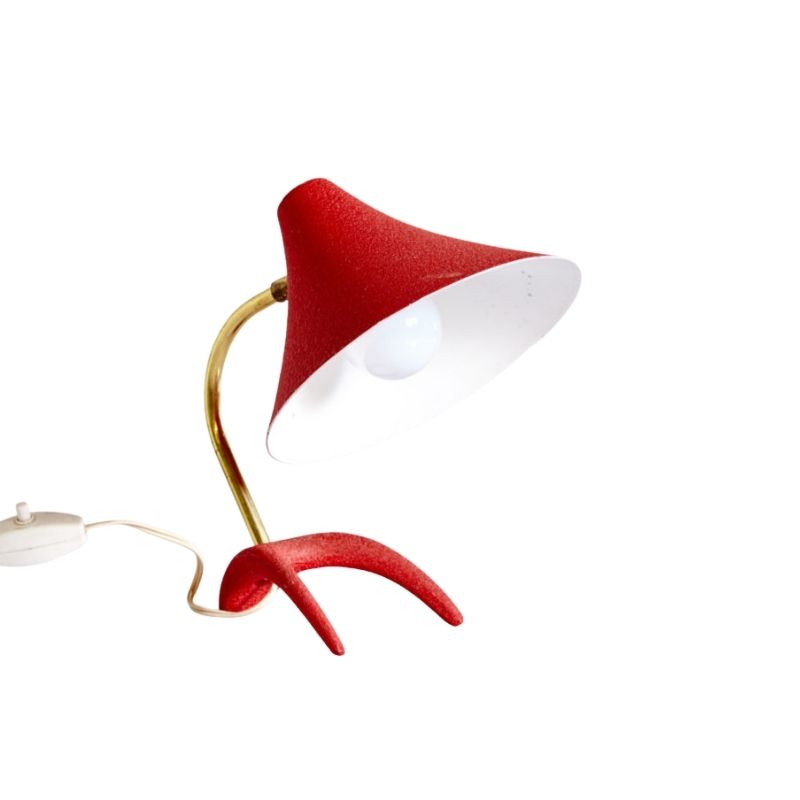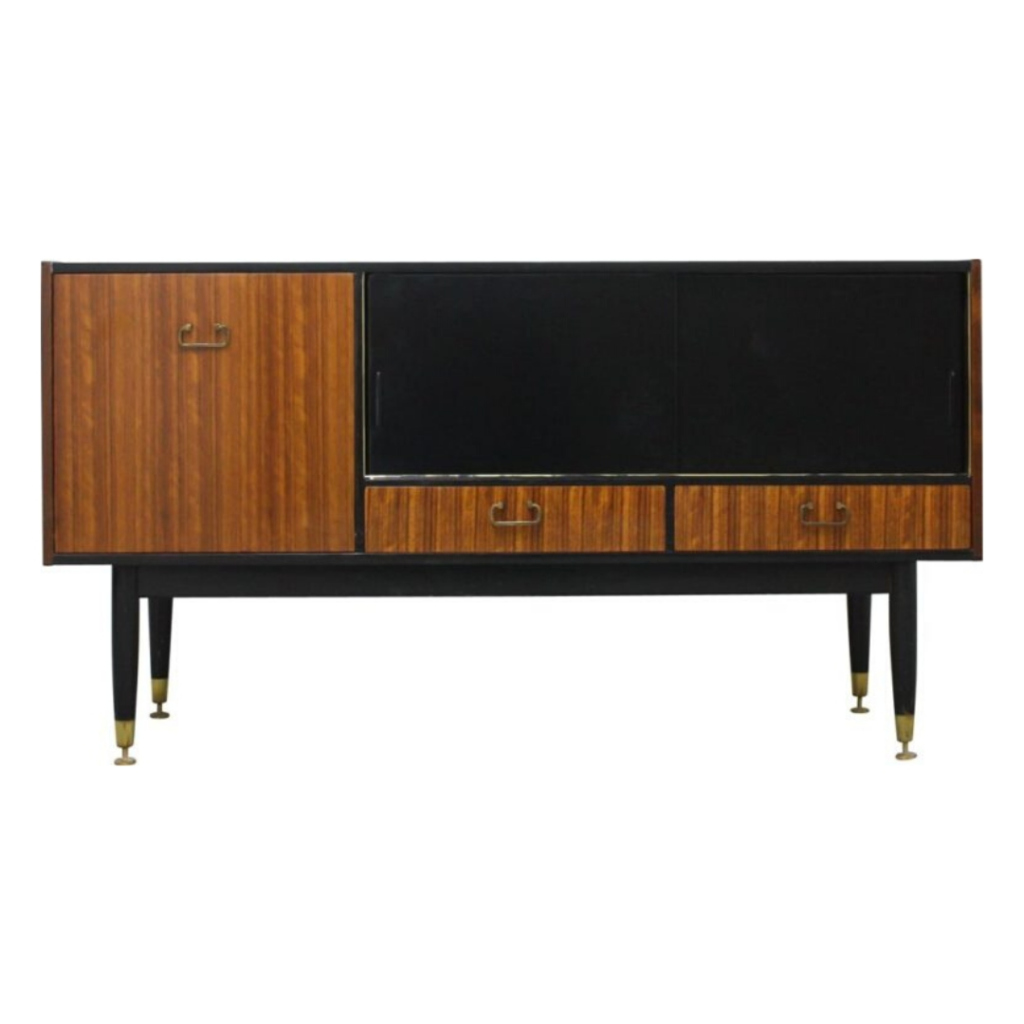Greetings,
I've long wondered about the legal aspects of licensing furniture designs. To pick one example from a large universe, Knoll manufactures Mies van der Rohe's Barcelona chair, designed around 1929. Knoll's web site states the following regarding the Barcelona chair:
"Exclusive manufacturing and sales rights accorded to Knoll by the designer in 1953"
What is the controlling law that gives Knoll "exclusive manufacturing and sales" rights? Is it copyright law, contract law, or something else? How long will Knoll have the "exclusive" right to manufacture reproductions of this design? Is there a date on which the design will pass into the public domain and not be exclusive to Knoll? If Knoll has the exclusive right to the design, why are there other companies that manufacture the same chair?
My questions are not just rhetorical; I'd really appreciate hearing from anyone who can explain the legal angle.
Thanks,
BCB
I can't answer the legal...
I can't answer the legal questions, but did see articles on an interesting court case here in the U.S. from 2010. In the case, a European company was found liable for having made copies of furniture made by an American company, but only because the company had copied the "highly ornate" sculptural elements that were carved into the furniture, and that "the industrial design of a piece of furniture is not copyrightable, regardless of how aesthetically pleasing it may be."
"Under the Copyright Act, 'the design of a useful article shall be considered a sculptural work only if, and only to the extent that, such design incorporates pictorial, graphic, or sculptural features that can be identified separately from, and are capable of existing independently of, the utilitarian aspects of the article.' 17 U.S.C. § 101."
So, I am not sure copyright law would provide any protection at all for modernist furniture designs. Various patents could apply, but they are rather short lived compared to copyright protection, and I do not think any patents would be in effect for furniture designs from the 1950's.
http://www.sunsteinlaw.com/publications-news/news-letters/2010/09/Tittem...
http://www.jdsupra.com/post/documentViewer.aspx?fid=8bc3e6e2-594d-47d7-8...
My best guess is that...
My best guess is that Trademark law is what affords the most long lasting protection. Even when a knock-off company is making direct copies of a furniture design, they generally seem to be careful what they call it, in terms of not using the designer's name, etc., since that appears to be where they can find themselves in legal trouble.
A first letter-contract...
A first letter-contract between Mies and Knoll was signed on June 16,1953 and was cancelled by a second letter-contract signed on 1 Nov. 1965. Paragraph 7 states that this contract must be construed according to NY State law which did not recognize the "rights of authorship" with regard to furniture and, in particular, since the models under consideration,had not been patented nor eligible for patent were clearly in public domain. The contract cannot be interpreted as transfer of patrimonial or moral rights of authorship. It only permitted Knoll to advertise that it alone had signed an agreement with Mies to produce the furniture and to use his name with regard to the furniture. It was "exclusive" in that Mies agreed not to sign a similar agreement with others. The contract only affected the relationship between Mies and Knoll but could not be used against third parties. Neither Knoll nor Mies himself could have prevented an unauthorized producer from advertising that the Barcelona chair that he was producing was based on a Mies design because it was an historical fact. Later Knoll registered the name Barcelona chair but it proved to be useless. In the 1965 contract Mies was paid for use of his designs (drawn by his studio) and his technical assistance. Cosequently, the real purpose of the design was not the protection of design rights but was strictly limited to the creation and preservation of advantages in terms of public relations. Mies did not receive royalties but was paid a relatively modest flat sum over a period of ten years.
When Mies died in 1969, Knoll passed their alleged rights to MOMA who then licenced them back to Knoll.This allowed Knoll to say that they were paying a royalty for use of the Mies designs and to give the impression to outsiders that these rights really existed.
The contract with MOMA cancelled the 1965 contract before its termination date of March 1,1975. because the new conract had thw advantage of allowing them to exploit the pestige of MOMA as well as that of Mies However,the cancellation of the 1965 contract was an admission that it was of no judicial value.
In 2004 the current ownership of Knoll took legal action against a German furniture store using the contracts as alleged proof that they owned the copyright to Barcelona chair.
The Mies/Knoll situation is special.
Nilo, much has changed since 2004. Knoll now has trademark protection for the Barcelona chair (and other Mies designs), and they've been actively and successfully litigating to defend those trademarks.
http://trademarks.justia.com/765/56/n-a-76556817.html
Note that the linked page
says nothing about the design of the chair being protected; the protection applies to the mark, as follows:
"Description of Mark The mark consists of a configuration of a chair with a metal frame and leather cushions."
Nilo's description of the history is by far the most complete I've seen; I'd be curious to know the source of his information.
It's hidden, SDR.
In the "description of mark" section, the page I linked says:
"The mark consists of a configuration of a chair with a metal frame and leather cushions."
The usual type of trademark -- an image or word -- would be described in that section of the trademark documentation as an "illustration" or "typeset word", but this one's described as a "configuration". It's a "product configuration" trademark, an uncommon type which applies to the actual design of a product.
An excerpt from a New York Times article published that week:
"In a decision that could reduce the availability of replicas of classic modern furniture, the United States Patent and Trademark Office last week granted trademark protection to the furniture company Knoll for four famous designs in Mies van der Rohe's Barcelona collection ? the chair and a stool, couch and table ? as well as his flat-bar Brno chair.
....
The new registration extends trademark protection to the actual design of the five products."
Registration number 2,893,025 is the Barcelona chair
Registration number 2,894,977 is the Barcelona ottoman
Registration number 2,894,978 is the flat-bar Brno chair
Registration number 2,894,979 is the Barcelona table
Registration number 2,894,980 is the Barcelona couch
http://www.nytimes.com/2004/10/28/garden/28KNOL.html?_r=0
Herman Miller vs. Matt Blatt
A case was settled not so long ago in Australia between Herman Miller and replica outlet Matt Blatt. The case centered around the attribution of the replica to the original designer's name. Eg. Replica Eames Chair.
Herman Miller won the case and the rights to say that their Eames chairs were truly Eames chairs and Matt Blatt must now always include the word 'replica' in conjunction with the original designer's name. If you saw the furniture ( I use this term loosely) from Matt Blatt you would know how inferior these products are in comparison to the originals.
After a successful campaign run by Elle magazine, plans are now pushing ahead in the U.K. to change the laws so that classic furniture design copyright will be for the life of the designer plus 70 years. An end to cheap copies would be good for emerging designers, design stockists and the consumer.
http://www.indesignlive.com/articles/in-review/Win-for-Herman-Miller-vs-...
dear fastfwd: a note I wrote in 2004
This new financial configuration that now carries the name of Knoll, surreptitiously registered the forms of the Barcelona chair and other Mies models as trademarks in order to pretend protection under the Latham Act art 43. Not noticed, this registration was not contested after first publication and the registration automatically passed.. If the publication had been noticed, it would have been possible for competitors to raise objections capable of blocking the operation. FIRST, the models have always been more associated with the historical person of Mies van der Rohe rather than with the name of Knoll. SECOND, they were initially introduced in Europe by other companies and were widely published decades before Knoll began to produce them. Moreover, Knoll was not the first company to produce them in the United States. FINALLY, since the models were in the public domain, other companies began to produce them and sell them legally in the USA shortly after Knoll added them to their collection.
Finally, literally dozens of companies have been marketing the Barcelona chair in the USA for the last thirty years without being contested by Knoll. All of these facts damage Knoll?s thesis that the Barcelona chair is an inseparable symbol (trademark) of their company. Highly improbable, if not totally impossible, that the models in question would be accepted as valid examples of ?trade dress? by the US Supreme Court , one imagines that Knoll hoped that the publicity generated by this action would have a positive effect upon the value of their stock. Knoll stimulated articles in the NY Times, etc. by claiming that the law recognized their exclusive rights to the Mies furniture and on the basis of this, Knoll could request the U.S.Customs to block shipments of these items from Italy. This was pure fantasy but they evidently hoped that it would deter stores from handling anything but the Knoll versions. Knoll understood that the high cost of litigation in the USA would prevent competitors from challenging them all the way up to the Supreme Court. They certainly must have been informed by their lawyers that if the matter went before the Supreme Court they would probably lose the case because of an important precedent in which Justice Antonin Scalia clarified the necessity of a ?secondary meaning? in order for an object to qualify for protection as ?trade dress.? In other words, Knoll orchestrated this show not only to impress the general public but also ?designers? who feel comfortable with the idea that rights ?exist? and that Knoll owns them. However, what was most important was to give investors the impression that Knoll would have exclusive rights to these important models.
Yes, that is the argument
against the validity of the trademark. And if the battle were fought all the way to the Supreme Court, we'd know for certain whether that argument is stronger than Knoll's.
Until and unless that happens, though, we can only guess. But maybe we can make a more-informed guess by looking at some of the recent history. Specifically: In the infringement suit brought against them by Knoll, Alphaville's position was basically word-for-word as you've described, but Alphaville eventually agreed to an unfavorable settlement in that case.
Of course, we shouldn't try to infer TOO much from that fact, because a company might decide to settle for any number of reasons. I think it's safe to say, however, that "This is a slam dunk and we we will undoubtedly prevail" isn't usually one of them.
If you need any help, please contact us at – info@designaddict.com









